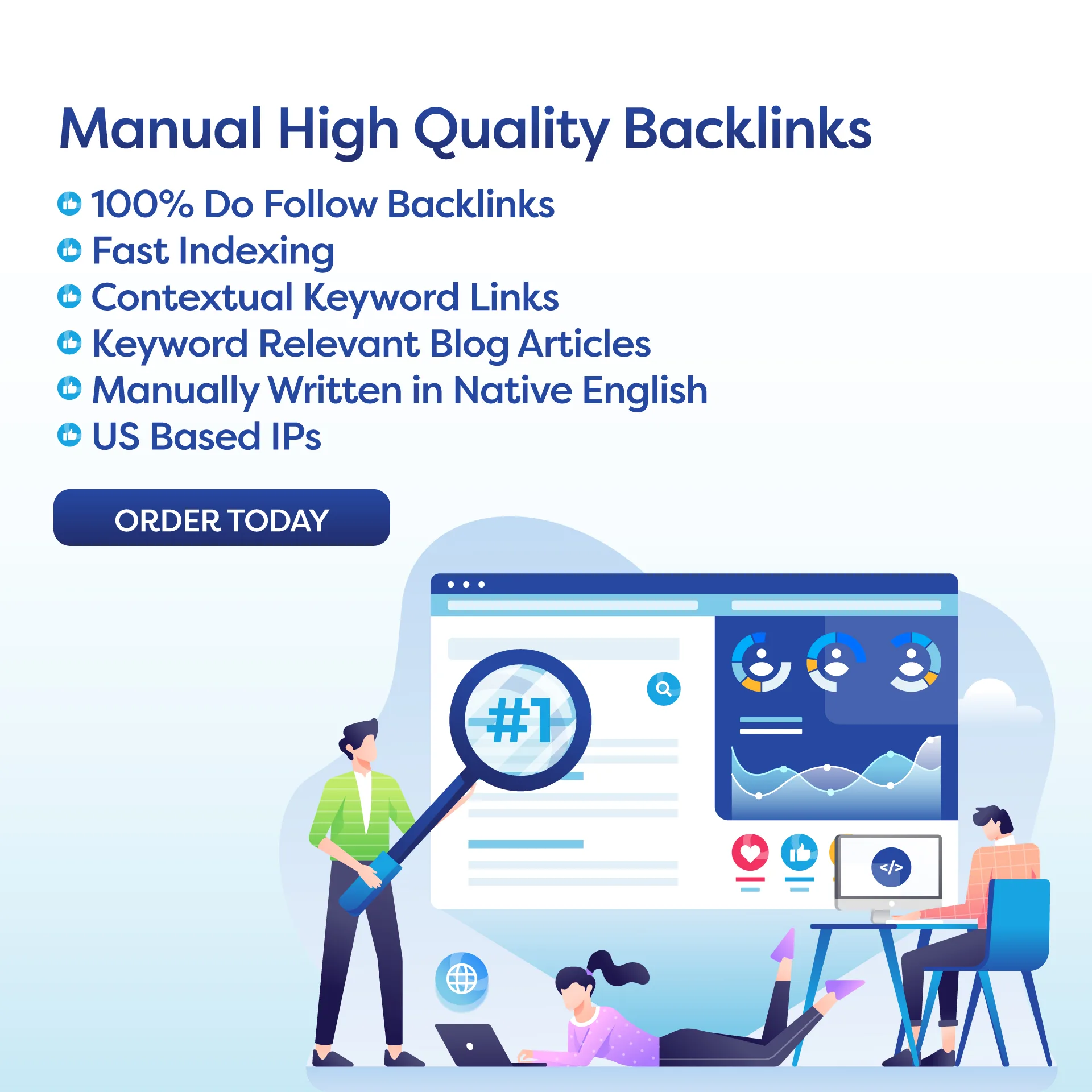: A Guide to Making Your Site Accessible
Web Accessibility Standards: A Guide to Making Your Site Accessible
Introduction
In today’s digital age, having a website is essential for any business or organization. However, not all websites are created equal, and many fall short when it comes to accessibility. As more and more people rely on the internet for information and services, it is crucial to ensure that your website is accessible to all users, including those with disabilities. This is where web accessibility standards come into play, providing guidelines and best practices for creating an inclusive and user-friendly online experience. In this guide, we will delve into the world of web accessibility standards and how you can make your site accessible to everyone.
Understanding Web Accessibility Standards
Web accessibility standards are a set of guidelines and requirements that aim to make websites and web content accessible to people with disabilities. These standards were developed by the World Wide Web Consortium (W3C), an international community that works to improve the web’s accessibility for all users. The W3C has created the Web Content Accessibility Guidelines (WCAG), which are widely accepted as the standard for web accessibility.
Why Web Accessibility Matters
Making your website accessible is not only a legal requirement in many countries but also a moral and ethical responsibility. By ensuring that your site meets web accessibility standards, you are providing equal access to information and services for all users, regardless of their abilities or disabilities. Not only does this improve the overall user experience, but it also expands your potential audience and customer base.
The Benefits of Accessible Websites
Creating an accessible website has numerous benefits, not just for users with disabilities, but for your business as well. Here are some advantages of making your site accessible:
1. Improved User Experience
By following web accessibility standards, you are creating a more user-friendly website. This means that all users, including those with disabilities, can navigate and interact with your site without any barriers or difficulties. This leads to a positive experience for all users, which can result in increased engagement and satisfaction.
2. Better SEO and Search Ranking
Accessible websites tend to have better search engine optimization (SEO) and higher search engine rankings. This is because search engines, like Google, also prioritize websites that are accessible and user-friendly. By following web accessibility standards, you are not only improving your website for users but also for search engines.
3. Increased Website Traffic
Creating an accessible website means that you are catering to a wider audience, which can result in increased website traffic. By making your site accessible, you are opening doors for people with disabilities who may have otherwise been unable to access your content or services. This can also lead to word-of-mouth recommendations and positive reviews from users, further increasing your website’s traffic.
4. Compliance with Legal Requirements
In many countries, web accessibility is a legal requirement. By following web accessibility standards, you are ensuring that your website is compliant with accessibility laws, avoiding any potential legal issues or penalties.
How to Make Your Site Accessible
Now that you understand the importance and benefits of web accessibility, let’s explore some practical ways to make your site accessible.
1. Use Proper HTML Markup
Proper HTML markup is the foundation of an accessible website. Make sure to use semantic HTML elements to create a well-structured and organized website. This not only helps with screen readers but also improves the overall user experience.
2. Provide Alternative Text for Images
Images play a crucial role in web design, but they can be a barrier for users with visual impairments. Make sure to add alternative text (alt text) to all images, describing what the image is portraying. This allows screen readers to read out the description, providing a better user experience.
3. Use Proper Contrast and Font Sizes
Make sure that the text on your website has sufficient contrast and is easily readable. Use a font size of at least 16px for body text, and avoid using color as the sole means of conveying information.
4. Allow Keyboard Navigation
Some users may have difficulties using a mouse or other pointing devices. By allowing keyboard navigation, you are providing an alternative means for these users to navigate and interact with your website.
5. Caption and Transcribe Multimedia Content
Multimedia content, such as videos and podcasts, should have captions and transcripts available for users who are deaf or hard of hearing. This allows them to access the content without relying on audio.
6. Conduct Regular Accessibility Audits
It is essential to conduct regular accessibility audits to ensure that your website meets the latest web accessibility standards. This will help identify any potential barriers and allow you to make necessary improvements.
Conclusion
In conclusion, web accessibility is crucial in today’s digital landscape. By following web accessibility standards, you are not only creating a more inclusive and user-friendly website, but you are also complying with legal requirements and opening doors for a wider audience. Remember, web accessibility is an ongoing process, and it is essential to regularly review and improve your website to ensure it remains accessible to all users.

